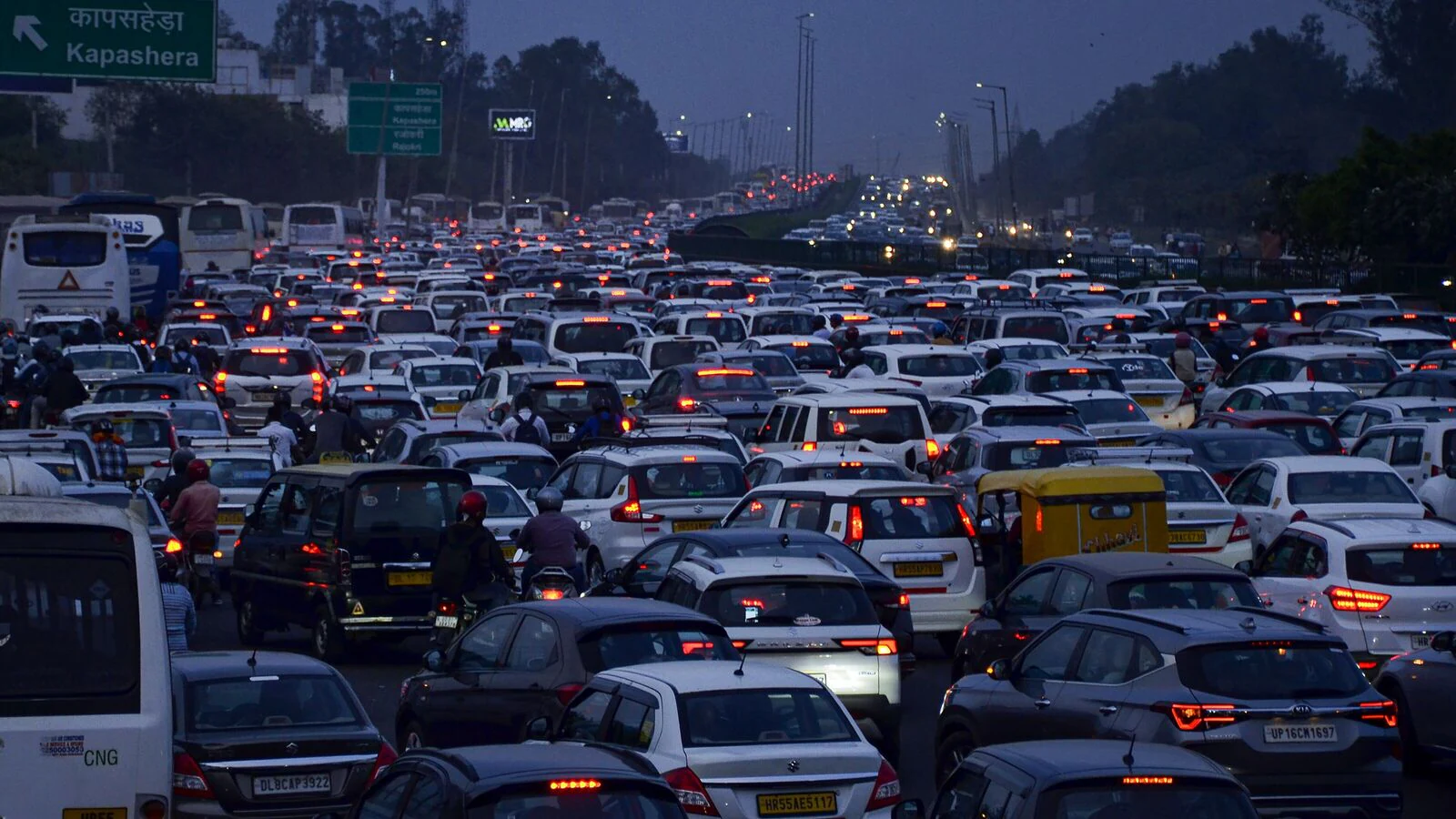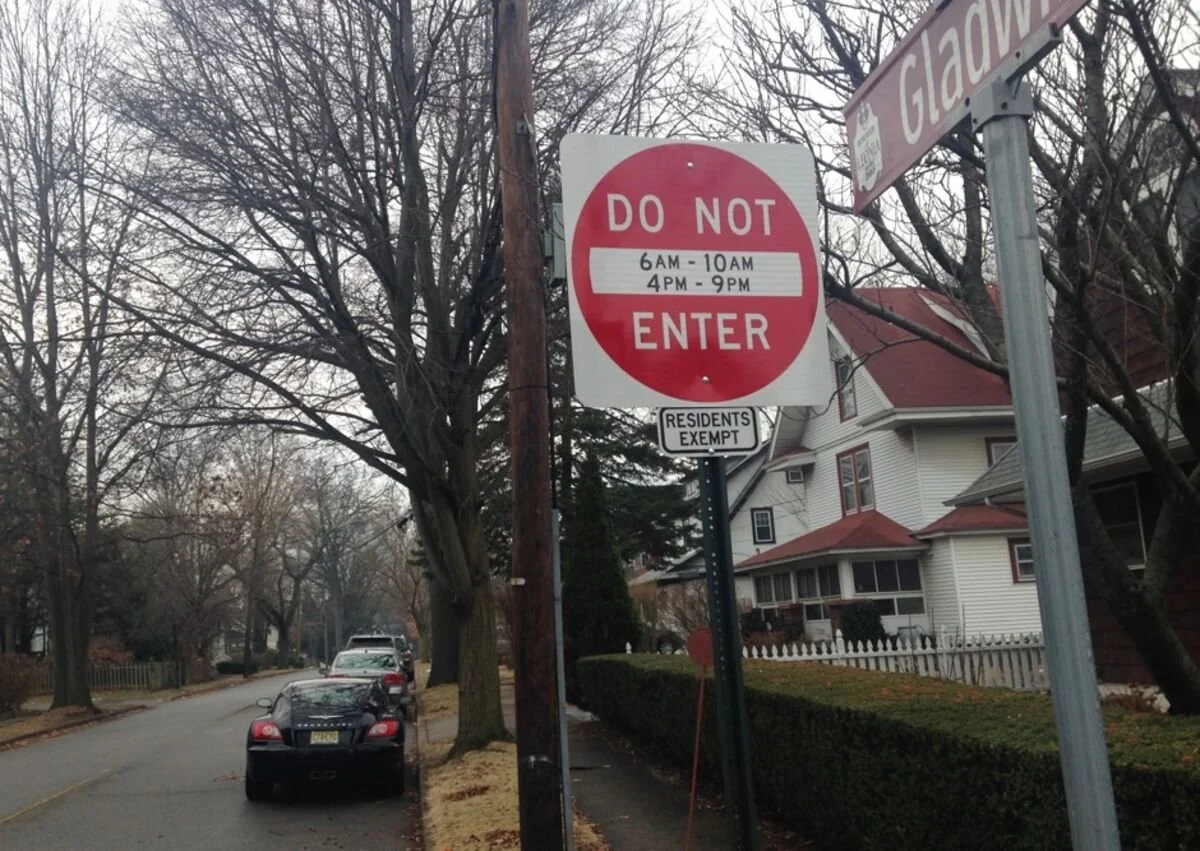The idea of taxing non-resident drivers entering downtown areas in U.S. cities has been gaining attention as a potential solution to various urban challenges.
Proponents argue that such a tax, often referred to as congestion pricing, can help reduce traffic congestion, improve air quality, and generate revenue for public transportation improvements.
However, opponents raise concerns about the economic impact on businesses and the fairness of imposing additional costs on commuters.
This article explores the pros and cons of implementing a tax on non-resident drivers entering downtown areas, examining its potential benefits, challenges, and feasibility.
One of the primary arguments in favor of taxing non-resident drivers is the potential to reduce traffic congestion.
Urban areas, particularly downtown districts, often experience heavy traffic, leading to delays, increased travel times, and frustration for both residents and visitors.
By imposing a tax on non-resident drivers, cities can encourage the use of alternative transportation methods, such as public transit, biking, or walking. This shift can alleviate congestion, making the city more accessible and improving the quality of life for residents.
Another benefit of such a tax is the potential improvement in air quality. Traffic congestion contributes to higher emissions of pollutants, including carbon dioxide (CO2), nitrogen oxides (NOx), and particulate matter (PM).
Also Read: Are Extended Car Loans Financial Traps for U.S. Consumers?
These pollutants have adverse effects on public health and contribute to climate change. By reducing the number of vehicles entering downtown areas, cities can lower emissions and improve air quality.
This can lead to better health outcomes for residents and help cities meet their environmental sustainability goals.

The revenue generated from taxing non-resident drivers can be used to fund public transportation improvements. Investing in public transit can provide residents with more reliable, efficient, and affordable transportation options.
Enhanced public transit systems can also reduce the dependency on personal vehicles, further decreasing traffic congestion and emissions.
The funds can be allocated to expanding transit networks, upgrading infrastructure, and improving service quality, making public transportation a more attractive option for commuters.
However, there are also significant challenges and concerns associated with implementing a tax on non-resident drivers. One major concern is the economic impact on businesses. Downtown areas often rely on visitors and commuters for their economic vitality.
A tax on non-resident drivers could deter people from visiting downtown, leading to reduced foot traffic and potential revenue losses for businesses. This could disproportionately affect small businesses that depend on a steady stream of customers.
Another challenge is the perceived fairness of the tax. Commuters who live outside the city but work downtown may feel unfairly targeted by the additional costs.
For some individuals, driving may be the most convenient or necessary mode of transportation, especially if public transit options are limited or inadequate.
Imposing a tax on these drivers could be seen as punitive, particularly if there are no viable alternatives available. Implementing such a tax also requires careful consideration of the logistics and administration involved.
Cities would need to establish a system for tracking and charging non-resident drivers, which could involve significant upfront costs and ongoing maintenance.
Ensuring compliance and addressing potential loopholes would be essential to the success of the program.
Additionally, cities would need to engage in public outreach and education to explain the benefits and address any concerns from residents and commuters.
Also Read: How U.S. Emission Policies Are Failing the Environment

